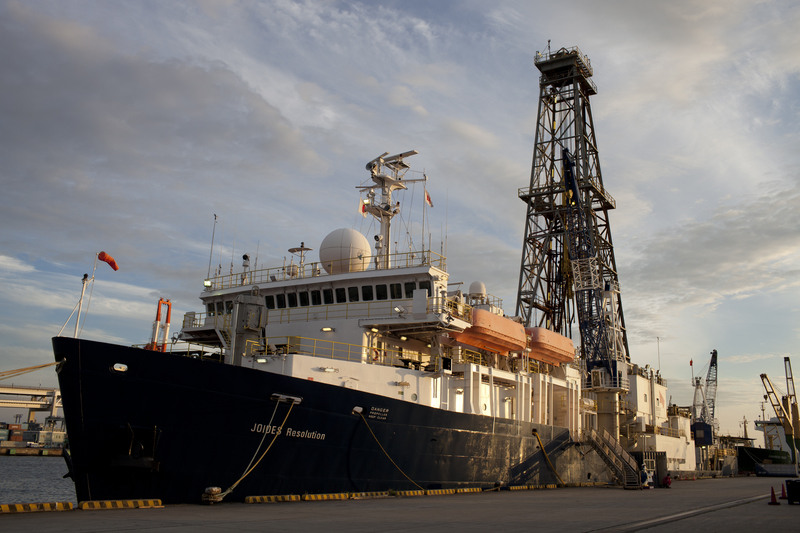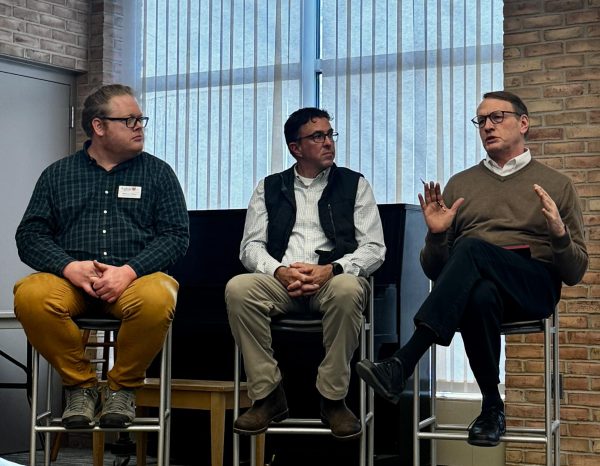Sedimentologist discusses past research with IODP
The Calvin College Geology Department hosted guest speaker and expert sedimentologist Dr. Brian Romans last week. Romans’ lecture was about the value of the marine sedimentology record and focused on his time working with the International Ocean Discovery Program (IODP). During his time with this research organization, Romans was a shipboard scientist on two expeditions.
His first expedition was #342 studying Newfoundland sediment drifts during the summer of 2012. More recently, Romans went to the Ross Sea in Antarctica abroad expedition #374. For both of these trips, the scientists utilized the JOIDES Resolution, a research drilling vessel that is also known as the JR. On the Antarctica trip, the JOIDES needed the help of an ice-breaking vessel in order to complete their voyage.
The researchers drilled into the ocean floor and removed “cores” — samples of the seafloor — in very long tubes. The collection of cores allows scientists to study the changes in sediments over time, which can lead to other insights.
Romans noted that the work of IODP has contributed to the research of plate tectonics and climate change. The program has obtained approximately 300 million cores, which Romans called “an absolute treasure trove of information.” Once aboard, the cores are analyzed by both biostratigraphy and magnetostratigraphy.
Measuring the oxygen isotope ratios preserved in the shells of the microorganisms provides an estimate of past global temperatures and ice volumes. Romans concluded his presentation with a discussion about the many benefits of working for the IODP as a young scientist, which include the opportunity to contribute to important and unique research, and the experience of life aboard a research vessel.







